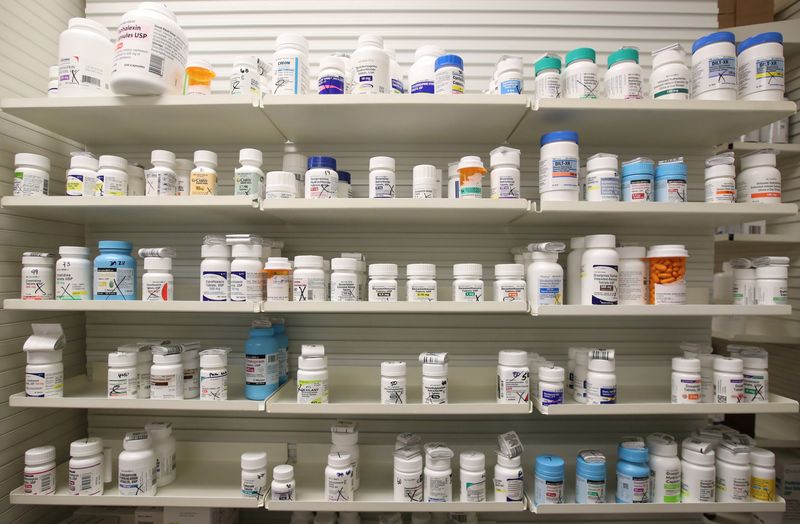By Sriparna Roy
(Reuters) -The U.S. could have saved up to $1.5 billion in the first year following approval of a drug if the price after rebates and discounts aligned with its benchmark, an analysis from an influential drug pricing watchdog showed on Thursday.
The data from the Institute for Clinical and Economic Review, based on an analysis of 23 drugs previously reviewed by the research firm, comes as President Donald Trump has called for U.S. drug prices to match those paid in other high-income nations.
Last month, Pfizer and Trump cut a deal to cut prices for drugs the company sells to the Medicaid program for low-income Americans and to ensure the U.S. would not pay more for new medicines than other high-income nations.
U.S. patients currently pay by far the most for prescription medicines, often nearly three times more than in other developed nations, even as the government tries to rein in the costs.
The review showed that aligning the prices with ICER’s Health Benefit Price Benchmark could have saved about $1.3 billion to $1.5 billion in the first year post-approval alone.
The benchmark suggests a price range that aligns fairly with the overall health benefits the treatment provides for patients over their lifetime.
LAUNCHING HIGHER
ICER’s analysis also found that the inflation-adjusted median annual net launch price of drugs increased by 51% from 2022 to 2024, while the annual list price grew 24% during the same period.
“Launch prices are going up, patient access is going down, and in many cases, we are overpaying for treatments,” said ICER President and CEO Sarah Emond.
The report is in line with Reuters’ analysis of prices of newly launched pharmaceuticals, which was based on a different methodology.
Drugs with significantly higher launch prices were often gene or cell therapies, drugs for rare diseases, or treatments in certain areas like oncology and metabolic disorders.
Even after accounting for the differences in the mix of drugs approved each year, the annual net launch price increased by 33% per year while the list price increased by 25%, ICER’s report showed.
(Reporting by Sriparna Roy in Bengaluru; Editing by Sriraj Kalluvila)

